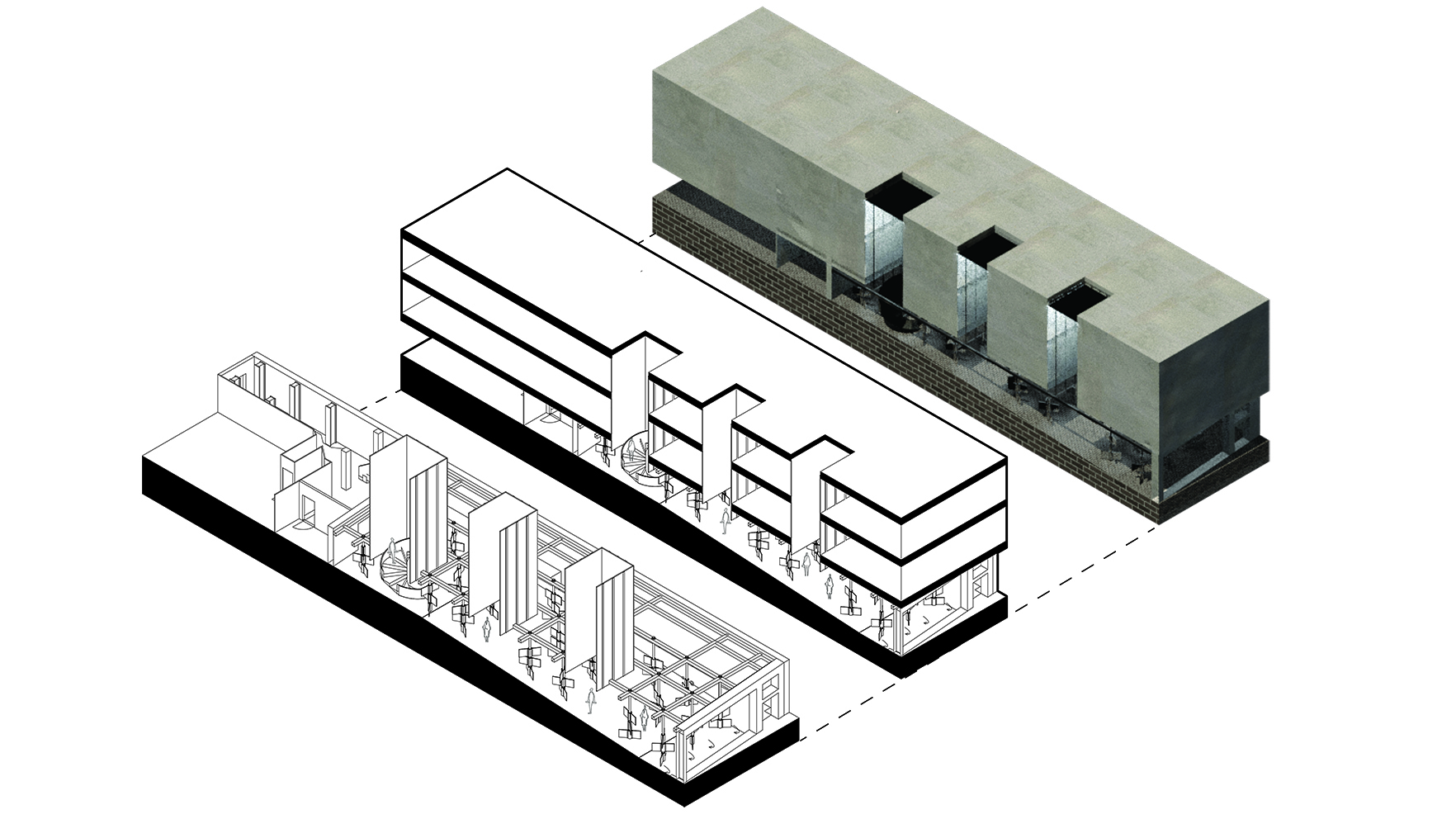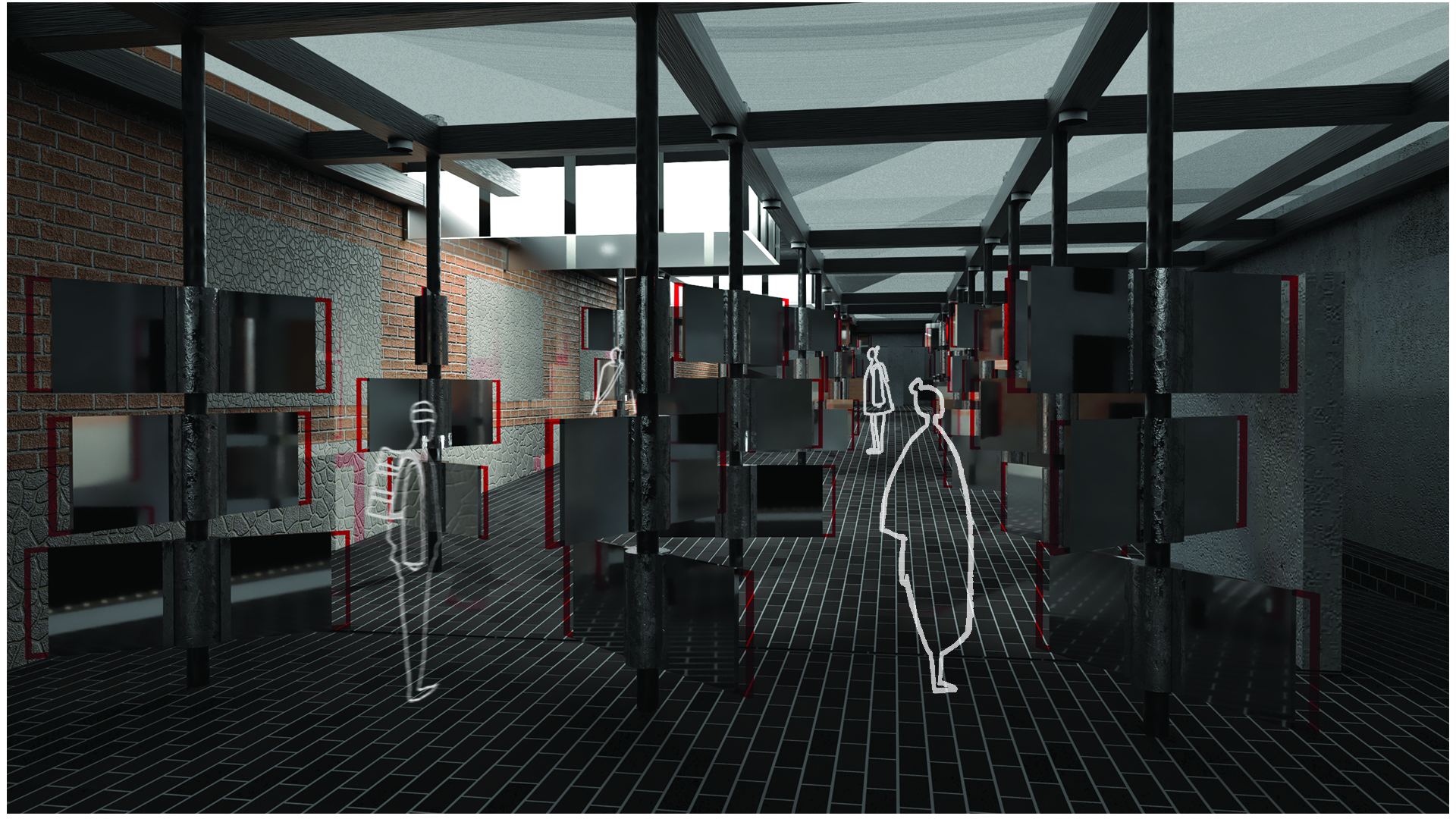
Displacement of Reflection
A mirror has the power to make one walking by completely stop. We can also become absorbed in mirrors so that they take up much time. What is in the mirror can only be seen at a specific time, however. It shows a reflection, but unlike a camera, it cannot capture or replay time. A mirror is a viewpoint showing what others can see of us. It offers an impression of what is set before it, but it cannot follow up on its own. All things being equal, we attribute mirrors power to give life and worth, to make declarations conveying extraordinary weight, even though they express only the self-evident. A mirror might reflect what is behind us. We all know we are being watched, in the crowded city that is never quite stationary. What if the mirror itself is never stationary?
Heterotopia — a concept used by Michel Foucault to describe individual cultural, institutional and discursive spaces that are somehow 'other': disturbing, intense, incompatible, contradictory or transforming. Heterotopias are worlds within worlds, mirroring and yet upsetting what is outside.
Imperial Lane is the host of many histories. First it was a live cinema space, then a car park, and now a coffee shop. The live cinema set was where people can sit and watch performances. By placing interactive moving mirrors around the room, I intend people to create their own live cinema. It is as if you are the director looking in the camera. Inspired by the idea of a house of mirrors, this space's intention is not to act as a mirror maze where you get lost, but a labyrinth forming a sacred pattern to find yourself.
Auckland City is filled with skyscrapers the reflect all along their facades. In the night, these buildings appear blended into the abyss, and the lights from inside are more visible, revealing their repetitive and symmetrical forms. My intervention seeks to create urban continuity. The existing buildings stand stationary showing the same reflection forever. By setting reflections in motion, we can capture different perspectives. With my proposed intervention, visitors can feel in control of what they see.
The drive of the design inquiry is to recreate the live cinema Imperial Lane once was. Visitors will be thrilled and challenged as they choose their next scene or deliberate on what move they will make. A place filled with uncertainty can change one's perspective of themselves, whether they are timid or bold, anxious, or embarrassed, introverted or extroverted. The more time one spends looking at their reflection, through motion in public, the more confident they can feel with themselves. This interactive intervention allows people to choose what they want to see, allowing them the composure of serenity. This shared space allows one to practice stability in an open space.




